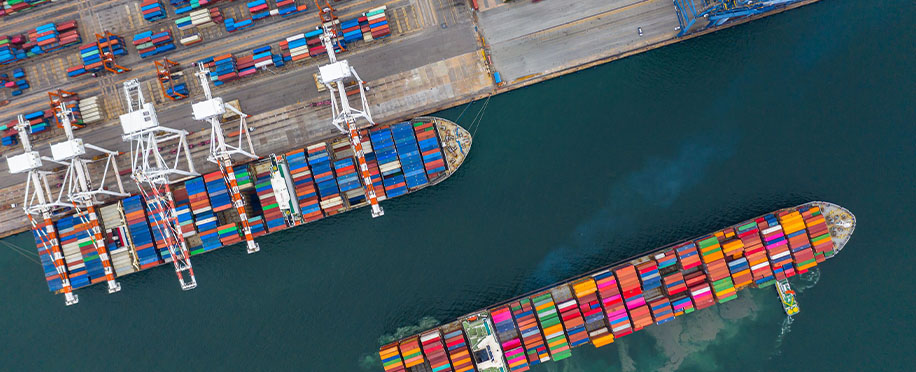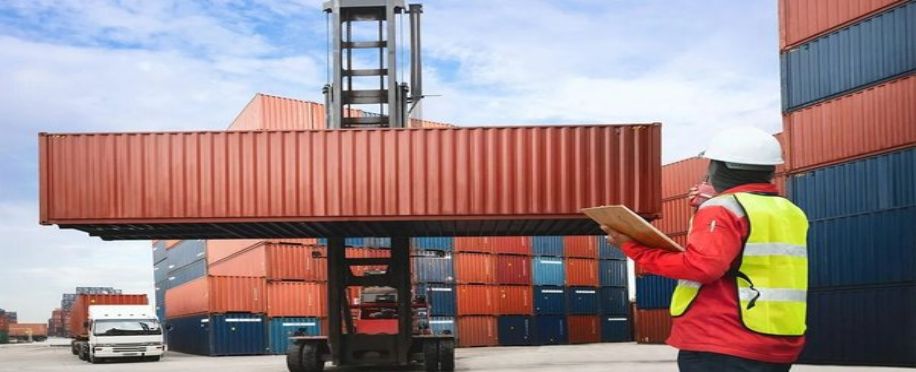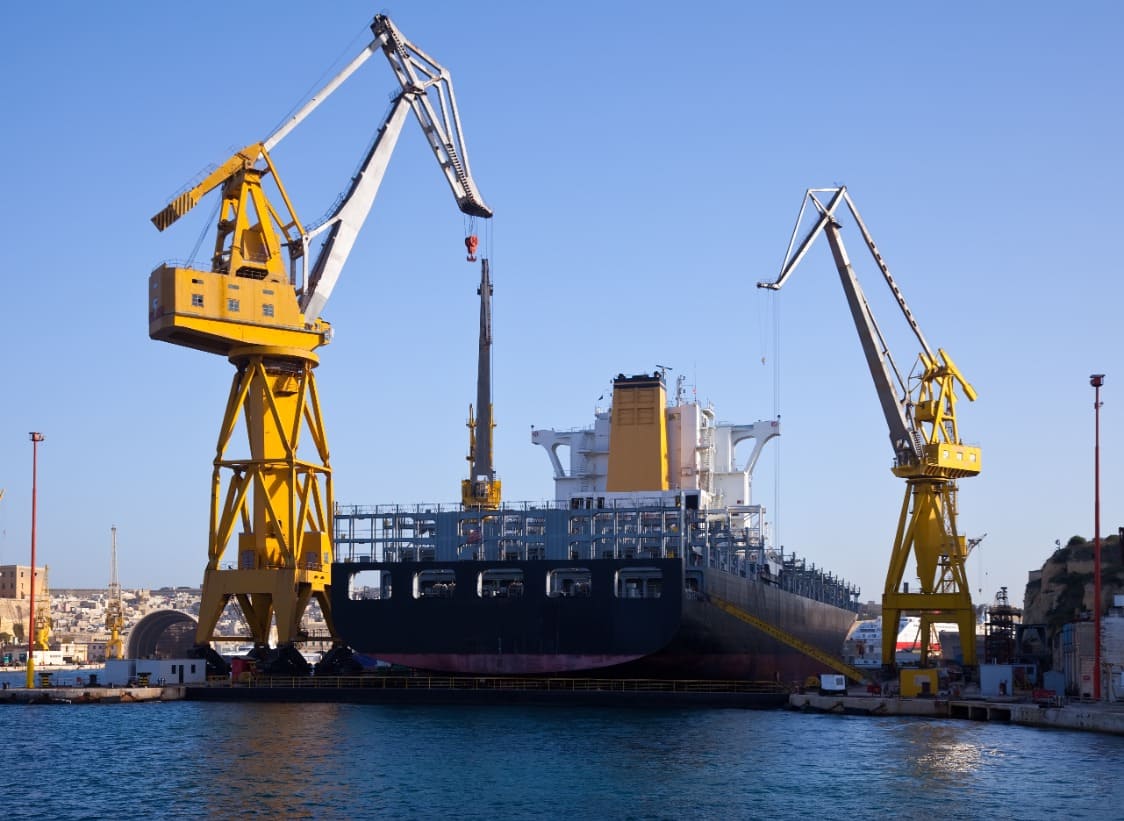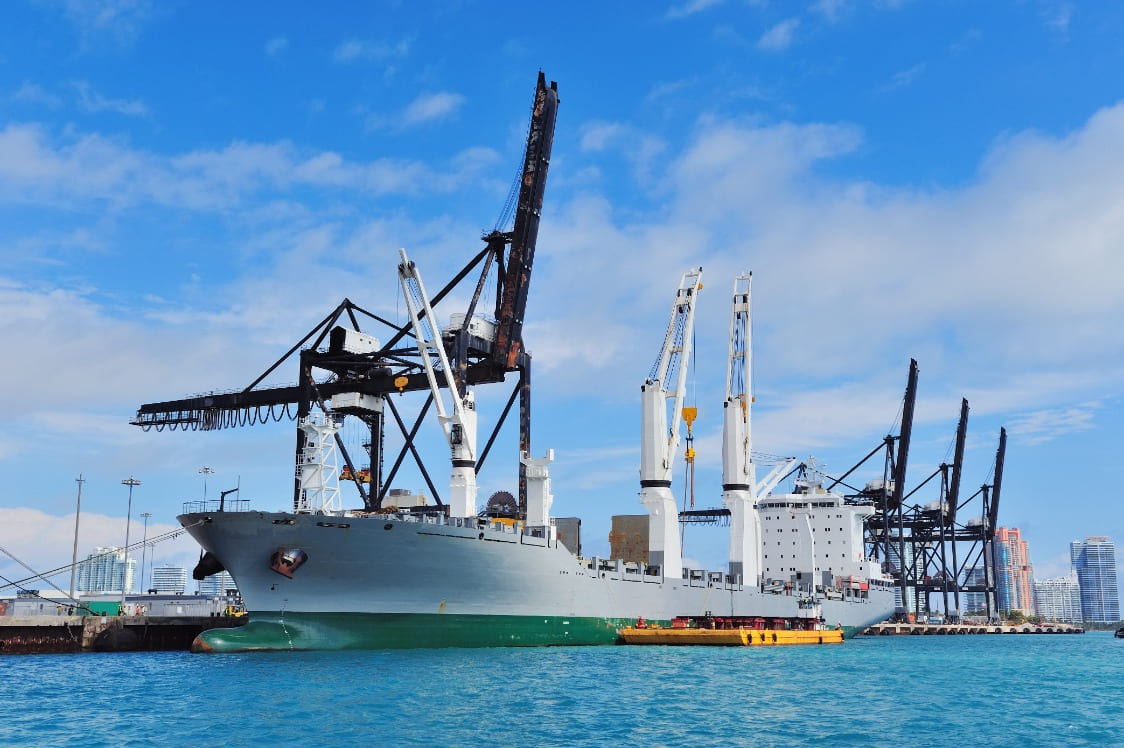What Is Transshipment? Understanding Cargo Transfers Between Vessels
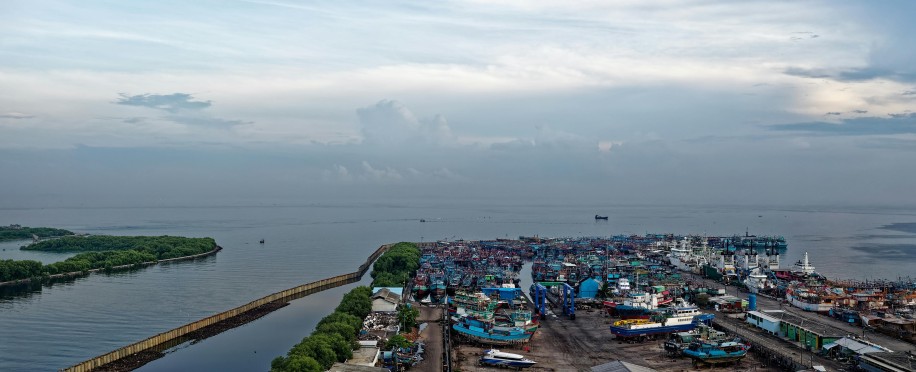
Posted on Mar 20, 2025 at 09:03 PM
Maritime shipping and transportation control a massive portion of international transportation with many included processes and operations, including transshipment.
Especially that the transshipment process helps maritime companies deliver the shipped cargo to its destination in the most efficient way without any damages or losses in the shipment.
In this article, we will share with you updated information about the transshipment process between one vessel to the other vessel to transfer cargo efficiently to the port of destination.
The Meaning of Transshipment in Maritime:
Transshipment, or transhipment, is a part of the global maritime logistics and supply chain to transfer cargo or containers from one port to another in two or more ships to reach their final destination.
Moreover, the transshipment process is usually done in transshipment hubs or ports where a vessel, especially large ships, transit and offloads cargo on the port to be then reloaded into another vessel, typically a smaller vessel, for more efficient shipment delivery to the port of destination.
We can say that the main goal of the transshipment of cargo or containers between one vessel and another vessel is optimizing shipment routes, reducing costs, and accessing ports that a larger ship cannot reach, and all of that makes transshipment vital in global trade.
Key Types of Transshipment:
There are mainly two types of transshipment between one vessel and another to transfer cargo or containers to their final destination:
Direct Transshipment:
The shipped cargo or containers are directly transited between one ship or another ship through a port or directly trans on the sea through the shipment journey.
Indirect Transshipment:
In this type, the cargo, containers, or products are transferred from one vessel and temporarily will remain on port warehouses and storage space till be loaded to another vessel, additionally, the cargo could be divided from one large ship or container to many other smaller shipments and ships.
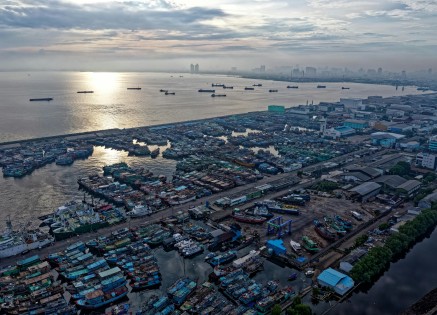
Steps of the Transshipment Process:
Based on the port management and maritime logistics courses in UK many steps begin with the port of loading and end at the port of destination:
Loading to Vessel A at POL (Port of Loading):
Cargo or containers are loaded onto the initial vessel at the origin port, ensuring proper documentation and secure handling for transportation.
Unloading from the Vessel at the Port of Transshipment:
While balancing seafarer rights, the cargo or containers are usually offloaded from the vessel at an intermediate port or transshipment hub, where it temporarily waits for the connecting vessel to continue its transportation journey.
Reloading to Vessel B:
The cargo is carefully transferred to the second vessel which will continue the journey to the final destination, this step ensures proper handling and compliance with customs regulations.
Arriving at the POD (Port of Discharge):
The vessel or ship with the loaded cargo arrives at the final destination port, where the shipment will be offloaded, cleared through customs, and delivered to the receiver.
The Benefit of the Transshipment Process:
So, you may be wondering why the transshipment process is this important to transfer cargo trans sea from one vessel to another.
Furthermore, the transshipment process plays an essential role in enhancing global shipping efficiency by allowing cargo to be transferred between vessels at strategic ports while:
- Lowering transportation costs and delays.
- Enhancing shipping routes on the sea.
- Reaching smaller ports that large vessels cannot reach.
- Improving supply chain flexibility.
Risks of Transshipment on Sea:
Although the transshipment process is highly efficient and important in the cargo transfer through the sea, however, there are some risks that all professionals need to consider while planning the transshipment process to its final destination:
Weather Challenges:
Severe weather conditions like storms or rough seas can delay vessel schedules and increase the risk of cargo loss or damage during the transfer process on port or sea.
Cargo Damage:
During unloading and reloading of cargo between vessels, the shipment could contain sensitive products, which is why the risk of damage, contamination, or loss of goods would be higher.
Port Congestion:
High traffic at transshipment hubs, especially in international ports, can cause delays in cargo handling, leading to increased waiting times and costs and impacting supply chain efficiency.
To sum up,
The entire goal of cargo transshipment from one ship to another is boosting the efficiency of the cargo transfer without impacting the safety and proficiency of the transfer process.
However, that to be done must be based on the effective port and logistics management processes for USA ports.
